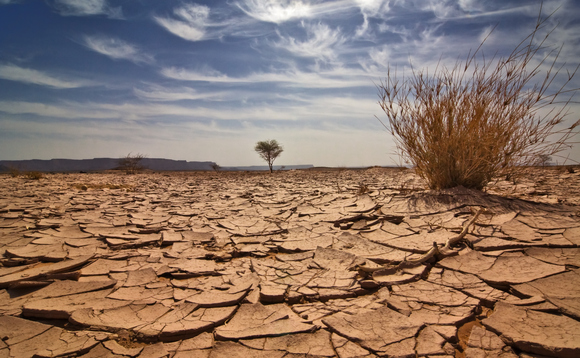
Current climate policies to expose more than a fifth of humanity to 'dangerously hot' temperatures by 2100, as UK heatwave declared 'no fluke'
Just over a fifth of the world's projected population by the end of the century is on track to face "dangerous" average temperatures of 29C or higher without a decisive step change in the pace of decarbonisation efforts globally, new research suggests.
According to a study from researchers at the University of Exeter's Global Systems Institute published published in the journal Nature Sustainability today, current climate policies are projected to cause 2.7C warming by 2100 - a level of warming that would expose an estimated two billion people to dangerous levels of heat.
Under worst-case scenarios where governments fail to deliver on stated climate targets and warming reaches 3.6C to 4.4C of warming, half the world's population could be pushed outside the "climate niche" where human civilisation has thrived, the report warned.
In contrast, the study calculated that limiting warming to 1.5C would save a sixth of humanity from dangerous heat compared to 2.7C of warming.
According to Professor Tim Lenton, director of the Global Systems Institute, for every 0.1C of warming above present levels, around 140 million more people would be exposed to dangerous heat by the end of the century.
"This reveals both the scale of the problem and the importance of decisive action to reduce carbon emissions," he said. "Limiting global warming to 1.5C rather than 2.7C would mean five times fewer people in 2100 being exposed to dangerous heat."
The warning comes just days after separate research led by the University of Oxford found that climate change is causing the hottest days in North-West Europe to warm at double the rate of average summer days - with the difference most pronounced for England, Wales, and Northern France.
According to lead researcher Dr Matthew Patterson from the University's Department of Physics, maximum daily temperatures from the past 60 years indicate that extreme heat events - such as the UK's record-breaking heatwave last summer - are likely to become more frequent.
"These findings underline the fact that the UK and neighbouring countries are already experiencing the effects of climate change, and that last year's heatwave was not a fluke," he said.
"Policy makers urgently need to adapt their infrastructure and health systems to cope with the impacts of higher temperatures."
Today's Global Systems Institute - titled Quantifying the Human Cost of Global Warming - suggests India and Nigeria are already "hotspots" where dangerous temperatures have become increasingly prevelant. Nigeria is on track to see see 300 million people exposed to dangerous heat at 2.7C warming compared to fewer than 40 million at 1.5C.
Moreover at 2.7C, almost the entirety of countries such as Burkina Faso and Mali would be dangerously hot for humans, while Brazil would have the largest land area exposed to dangerous heat.







